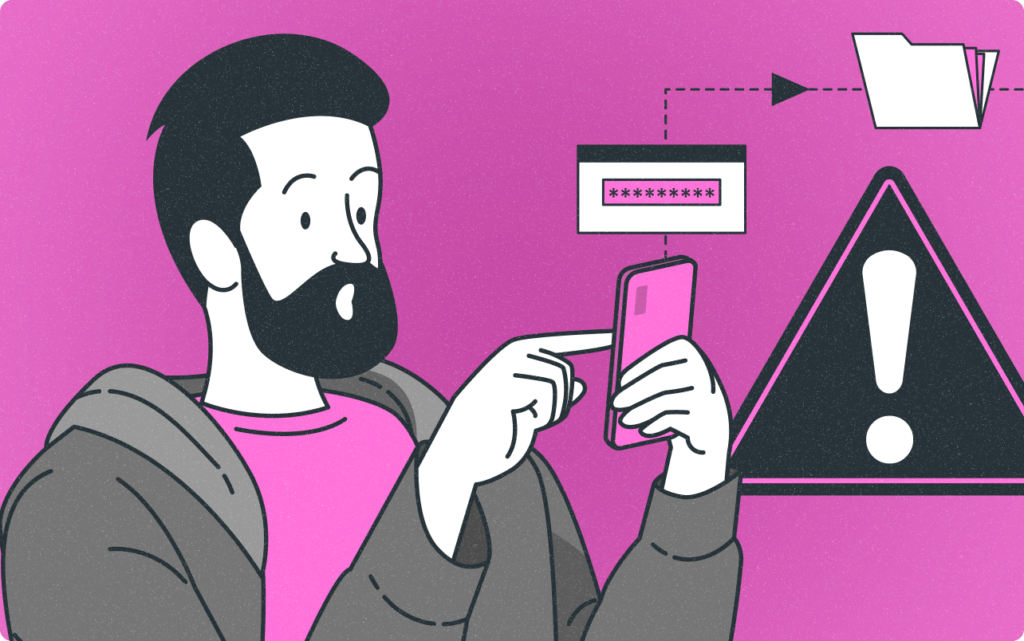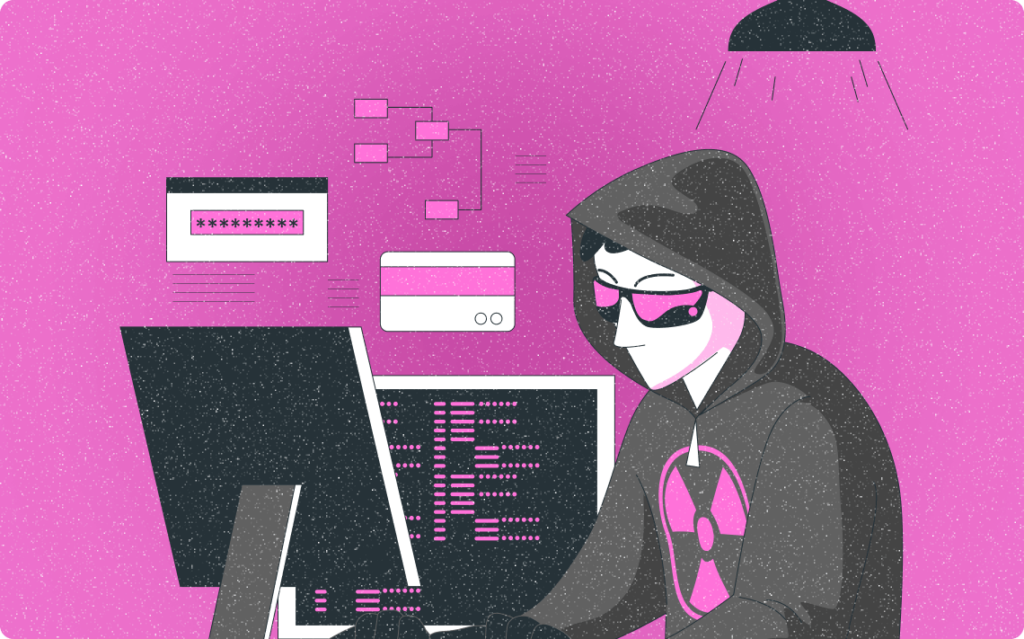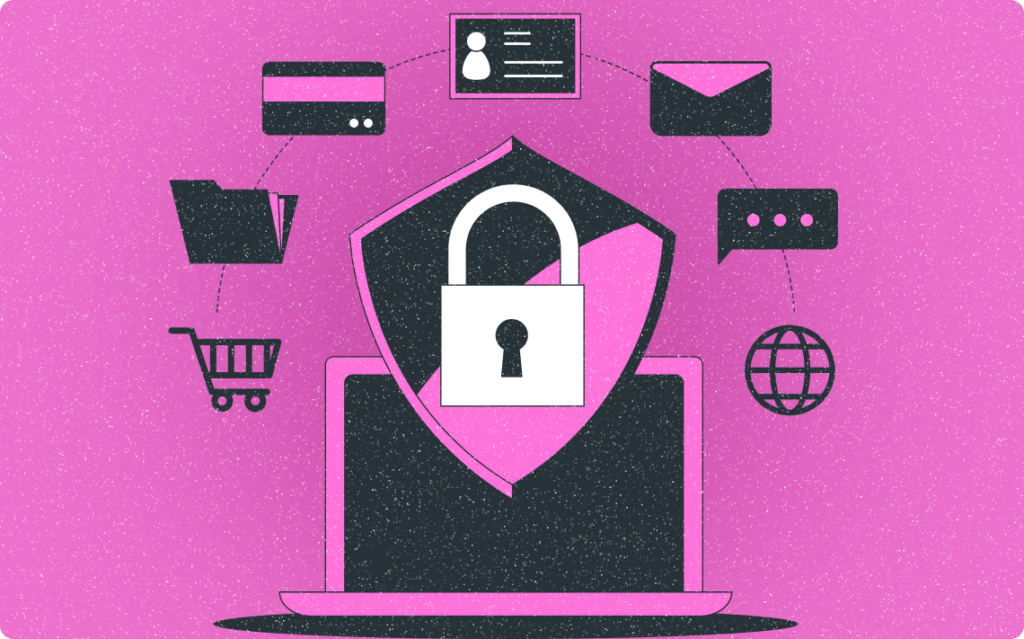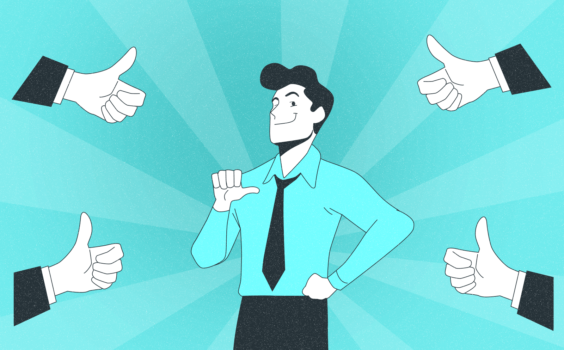How Employees Can Tell If They Are Being Monitored

Employee monitoring is becoming a standard practice in many organizations, driven by the growth of remote work and the rise of advanced surveillance tools.
These technologies allow employers to track a wide range of activities—from measuring productivity to safeguarding company assets. While the goals may vary, monitoring often sparks concerns about privacy, trust, and the overall workplace atmosphere.
For employees, the idea of being under surveillance can be unsettling. Whether through tracking software, GPS, or cameras, it may feel like an invasion of personal space, leading to mistrust and discomfort.
This article explores how to identify signs of monitoring, the common methods used, and the actions employees can take if they suspect they’re being watched.
Employee Monitoring: Methods, Privacy Concerns, and How to Detect It
Employee monitoring refers to the practice of observing and recording the activities and behavior of employees in the workplace. This can be done through various means, such as tracking computer usage, monitoring emails and phone calls, observing internet browsing habits, and even watching physical movements within the office or remotely.
While monitoring can be an effective tool for employers to ensure productivity, protect sensitive information, and enhance security, it can also create tension and distrust among employees. The balance between maintaining oversight and respecting employee privacy is delicate, and when monitoring practices are not transparent or overly invasive, it can lead to a toxic work environment.
Understanding the signs of monitoring, the different methods used, and the rights employees have regarding workplace surveillance is essential. This article will provide a comprehensive overview of how employees can detect if they are being monitored and what actions they can take if they have concerns.

Types of Employee Monitoring
To better understand how employees can detect monitoring, it’s important first to explore the different types of monitoring that employers may implement. The methods used can vary widely depending on the industry, the nature of the work, and the specific goals of the employer.
1. Computer and Internet Monitoring
Computer and internet monitoring is one of the most common forms of surveillance in the workplace. Employers use specialized software to track various activities on company computers, including:
2. Phone and Voice Monitoring
For employees who handle phone calls as part of their job, employers may implement phone monitoring systems. This type of monitoring includes:
3. Location Tracking
Location tracking is particularly relevant for employees who work outside of a traditional office setting, such as sales representatives, delivery drivers, or remote workers. Employers may use the following methods:
4. Video Surveillance
Video surveillance is a more traditional form of monitoring that involves placing cameras in strategic locations within the workplace. Common methods include:
5. Biometric Monitoring
Biometric monitoring involves tracking physical characteristics, such as fingerprints, facial recognition, or eye movements. This type of monitoring is often used for security and access control purposes. Examples include:
Maximize productivity of your business
Track employee productivity and simplify work with them
Signs That You Might Be Monitored
If you suspect that your employer is monitoring your activities at work, there are several signs you can look for. While these signs may not be definitive proof of monitoring, they can provide valuable clues that surveillance is taking place.
1. Unusual Computer Behavior
One of the first signs that you might be monitored is unusual behavior on your computer.
If your system suddenly starts lagging or slowing down, it could be the result of monitoring software running in the background, consuming significant processing power.
You might also notice unexpected pop-ups or notifications related to security updates, software installations, or other system changes—these could indicate that monitoring tools have been installed.
Additionally, increased fan activity, especially if your computer’s fan runs more frequently or at a higher intensity than normal, can signal that monitoring software is placing extra strain on your system.
2. Changes in Internet Speed
Monitoring software can use up bandwidth, leading to a noticeable slowdown in your internet connection. If you notice that your internet speed has decreased, particularly when accessing certain websites or using specific applications, it could be a sign that your internet activity is being monitored.
3. Unexpected Email or System Alerts
Some monitoring tools are designed to send alerts to administrators when certain activities occur, such as visiting restricted websites, attempting to install unauthorized software, or sending sensitive information via email. If you receive unexpected emails or system alerts related to your activities, it could be an indication that monitoring is in place.
4. Restricted Access to Websites or Applications
If you suddenly find that you can no longer access certain websites or applications that you previously could, it could be a sign that your employer has implemented internet monitoring and restrictions. Employers often block access to non-work-related sites to prevent distractions and improve productivity.
5. Unusual Requests for Access
If your IT department or employer requests access to your computer, phone, or other devices for maintenance, updates, or security checks, it could be a pretext for installing monitoring software. While such requests may be part of routine maintenance, it’s worth noting if they happen unexpectedly or frequently.
6. Suspicious Emails or Messages
Be wary of suspicious emails or messages asking you to click on links, download attachments, or provide personal information. These could be phishing attempts designed to install monitoring software on your device or gather sensitive information.
7. Conversations Mentioning Monitoring
If you hear colleagues or management discussing monitoring tools, policies, or procedures, it could be an indication that monitoring is being implemented or increased. Pay attention to any official communications about changes in company policy related to monitoring.

What to Do If You Suspect You’re Being Monitored
If you believe you are being monitored at work, there are several steps you can take to address the situation:
1. Review Company Policies
The first step is to review your company’s employee handbook, IT policy, or any other documentation that outlines monitoring practices. Employers are generally required to inform employees about monitoring, and this information may be included in official policies.
2. Discuss Your Concerns with HR or Management
If you’re uncomfortable with the idea of being monitored or believe your privacy is being violated, consider discussing your concerns with your HR department or a trusted manager. They may be able to provide clarification on the extent of the monitoring and address any issues you have.
3. Be Mindful of Your Work Activities
If you know that monitoring is in place, it’s important to be mindful of your work activities. Avoid using work devices for personal tasks, and adhere to company policies regarding internet usage, email communication, and other monitored activities.
4. Protect Your Personal Information
Ensure that your personal information, such as passwords, financial data, and personal emails, is not stored on work devices or shared over company networks. This can help protect your privacy in the event that monitoring is more extensive than you realize.
5. Seek Legal Advice if Necessary
If you believe that your rights are being violated or that monitoring is being conducted in a way that is illegal or unethical, consider seeking legal advice. An employment lawyer can help you understand your rights and determine the best course of action.
Conclusion: Balancing Productivity and Privacy
Employee monitoring is a widespread practice in many workplaces, especially with the rise of remote work and the increasing reliance on digital tools. While monitoring can be an effective way for employers to enhance productivity, security, and compliance, it can also raise significant concerns about privacy and trust among employees.
As an employee, being aware of the signs of monitoring and understanding the different types of surveillance that may be used can help you protect your privacy and navigate your work environment more effectively. If you suspect that you are being monitored, it’s essential to review company policies, discuss your concerns with HR, and take steps to protect your personal information.
Ultimately, a transparent and balanced approach to monitoring can help foster a positive work environment where both employers and employees feel secure and respected.
— The Monitask Team
FAQ: Being Monitored
Can my employer monitor my personal phone calls at work?
Employers can monitor work-related phone calls for quality control, compliance, or other business-related purposes. However, monitoring personal phone calls without consent is generally not permitted. If a personal call is inadvertently monitored, the employer should stop listening immediately.
How can I tell if my emails are being monitored?
Signs that your emails may be monitored include receiving alerts about email content, noticing delays in email delivery, or being informed of email monitoring in company policies. To protect your privacy, avoid sharing sensitive personal information via work email.
What should I do if I feel that monitoring is invading my privacy?
If you feel that monitoring is invading your privacy, the first step is to review your company’s monitoring policies. If you’re still concerned, discuss the issue with HR or management to seek clarification. If the monitoring feels excessive or violates your rights, consider consulting with an employment lawyer to explore your options.



